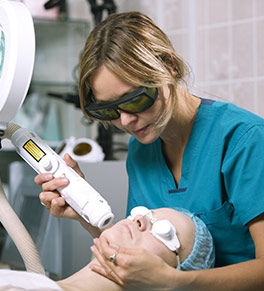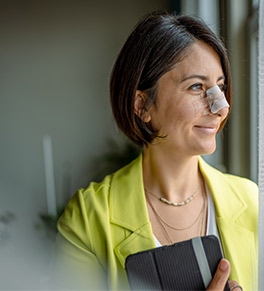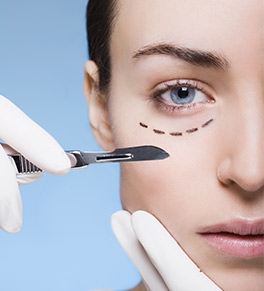
Undergoing rhinoplasty — also known as a “nose job” — might be for cosmetic purposes, but it can also address breathing issues that result from structural defects, such as a deviated septum, turbinates hypertorphy, and sinus problem are some of the more common causes of impaired breathing. Cosmetically, rhinoplasty can give balance to the appearance of your face by addressing issues such as nose size, width, profile, or asymmetry.
Recovery from the procedure takes about 2 weeks, but post-procedure bruising is what typically holds a rhinoplasty patient back. With care during and after surgery, swelling and bruising can clear more quickly, permitting you to return to your normal life about 7-10 days recovery period. Surgical approach and techniques are by far the most important factors in creating great results and minimizing bruising/swelling. There are positive steps you can take to reduce the bruising you see after your procedure.
Blood thinners
If you’re taking any medications that thin your blood, it’s important to tell me about them prior to your rhinoplasty, since these may complicate normal healing. In some cases, you may be able to temporarily alter your drug regimen prior and after surgery to speed healing. Make sure I’m aware of all medications and supplements you take on a daily basis.
Congenital bleeding issues
Similarly, if you or someone in your family has a history of excessive bleeding or bruising, bring this up during consultations for your nose job. My approach to your procedure may be adaptable to minimize issues, reducing the bruising that you experience after surgery.
Stay hydrated
Drink plenty of water before and after your procedure. When your body gets low on water, it tends to store what water it has. This fluid retention could aggravate bruising since your circulatory system isn’t working at peak efficiency and waste products aren’t being removed from your body as quickly as they could be.
Keep your head up
Take it easy after your surgery, but also make sure your head is elevated when you recline on the sofa or lie in bed. Gravity can restrict the flow of retained fluid away from your nose, so prop yourself up to assist proper drainage.
Schedule it early
Rhinoplasty can be done at any time after your nose is fully developed, usually around the age of 15. For fast recovery from the surgery, youth is on your side, since blood vessels grow increasingly fragile as you get older. Bruising is naturally aggravated with age.
Keep it cool
Cold compresses are part of the post-rhinoplasty treatment routine. This cold keeps swelling down and also causes blood vessels to constrict, minimizing bruising. Avoid hot baths and showers after your surgery. This extra demand on your body stretches blood vessels and may make bruising worse.
Choose your surgeon wisely
Perhaps the best way to minimize downtime depends on the surgeon and the approach to the rhinoplasty procedure. Since I’m both a Facial Plastic and Head & Neck surgeon, I have the experience to produce the best cosmetic and functional outcome with minimal downtime.
In addition, I use minimally invasive surgical approaches whenever possible to reduce the number and size of incisions, crucial to a fast recovery and minimal bruising. Call or click to set up a consultation today.









